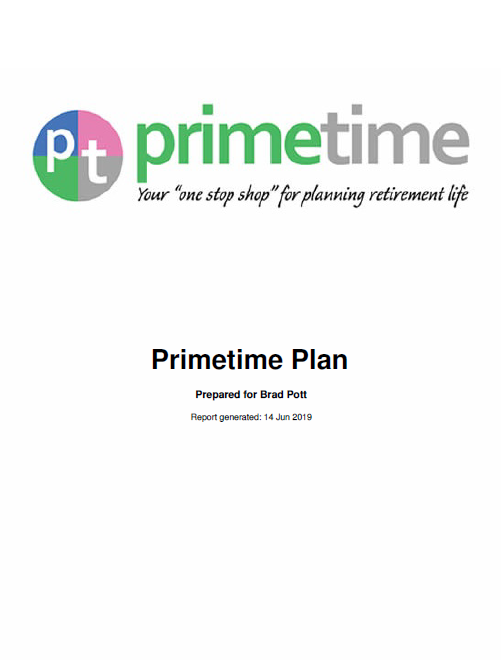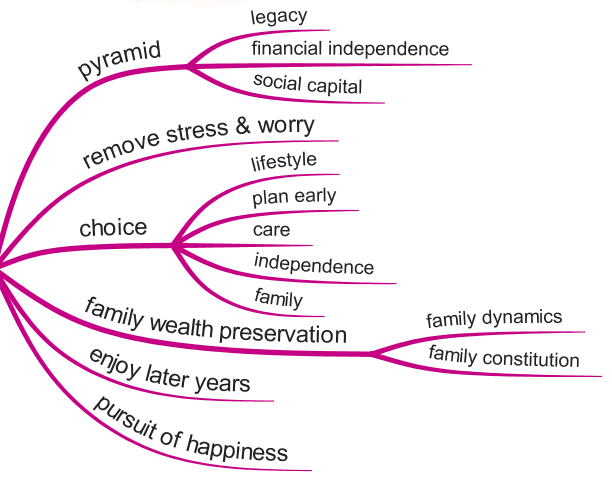There can be nasty financial surprises when entering into aged care and the devil is in the detail
The financial consequences of inadvertently providing incorrect information to Centrelink were significant to the calculation of residential aged care fees and accommodation costs for a centenarian resident (Bob) when the provider said Bob owed an additional $215,000 in Refundable Accommodation Deposits (RAD) and $39,000 in backdated accommodation daily payments (DAPs) three years after Bob entered aged care.
Bobs family struggled to understand what was happening. They were now dealing with a recovery officer (debt collector) from the aged care providers head office in Melbourne and couldn’t get any clarity from either the accommodation provider, Centrelink, or the Department of Veterans affairs.
After exhausting their enquiries, and at their wits end, the family didn’t pay the extra fees but sought external professional help.
Here is what happened:
When Bob went into aged care in April 2015 his wife was living in the family unit in a retirement village, he had a service pension, some super income, and very little other assets.
After completing an enquiry form to the aged care provider, the provider assessed that Bob was a low means resident and wrote up the contract allowing for a maximum Daily Accommodation Contribution (DAC) of approximately $32 per day or a lump sum maximum contribution of $183,500. Bobs daughter Mary who manages Bobs affairs, signed as guarantor for Bob’s accommodation fees and had a caveat placed over her own home.
The low means assessment was due to the home being exempt from asset testing and only half of Bob’s service pension and super income being assessable.
In the same month after entering aged care Bob’s wife passed away.
About a month later Mary completed an asset and income assessment for Bob in accordance with the circumstances on the day she completed the form. On this basis Centrelink included the (capped) value of the residence of $162,815 and 100% of the income and other assets, and applied this to Bob’s means test at the date of entry to aged care.
The result of this was:
- Bob was wrongly classified as a high means resident at date of entry to aged care. This is critical as the classification of high means or low means does not change during the life of the resident. High means and low means have a different fee structure for the accommodation costs payable to the accommodation provider.
- The accommodation provider wasn’t getting the expected funding from the government
- The contract allowed for the accommodation provider to vary the terms of the agreement if they were provided inaccurate asset and income information
- The provider calculated that an additional $215,000 in deposit lump sum was owed from the date of entry and $39,000 in extra daily back charges, being about 3 years at 6.36%
In order to understand how to deal with this it was necessary:
- To understand the process and timing of completing the asset and income forms correctly;
- Understand the types of fees that can be charged for low and high means residents;
- To understand how to read and interpret contracts;
- Have a working knowledge of, or be able to interpret, the Aged Care Act and apply it to the circumstances;
- To be able to source information from government websites; and
- Be able to effectively communicate with department support staff.
In this instance all the information was eventually amended, resubmitted and recalculated. The result is Bob, in fact, had overpaid for his care and will be entitled to a partial refund.
When a family is helping a parent or grandparent into aged care this is a stressful time. It pays to get professional help early and understand the detail so that you don’t overpay for aged care fees.
For further media information contact
Peter Tyndall
0447 297 300
ptyndall@primetime.net.au
www.primetime.net.au

 If you want to understand what is in the Primetime system and how to use it, send a request for a link to the Primetime Youtube Channel where you can view each of the separate videos. There are 30 videos all covering how to use the system, each of the different aspects and tools.
If you want to understand what is in the Primetime system and how to use it, send a request for a link to the Primetime Youtube Channel where you can view each of the separate videos. There are 30 videos all covering how to use the system, each of the different aspects and tools.





 Due to overwhelming requests from families who want to help, but are struggling to manage their ageing parents,
Due to overwhelming requests from families who want to help, but are struggling to manage their ageing parents, 


